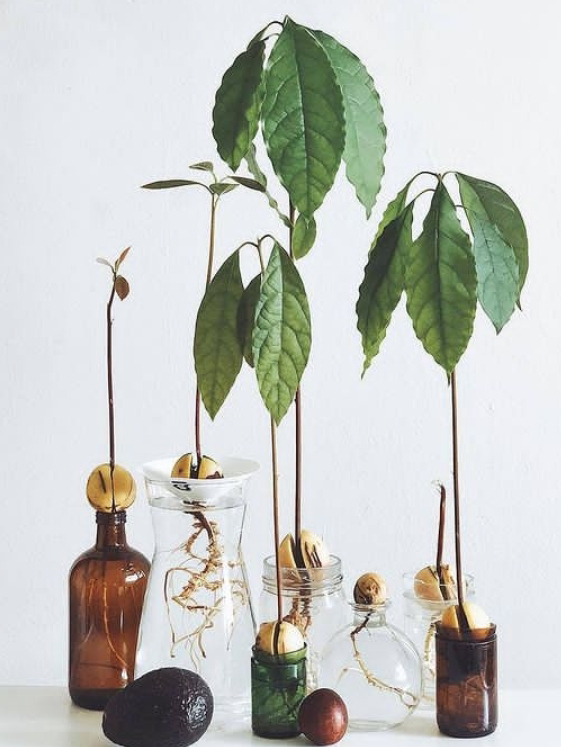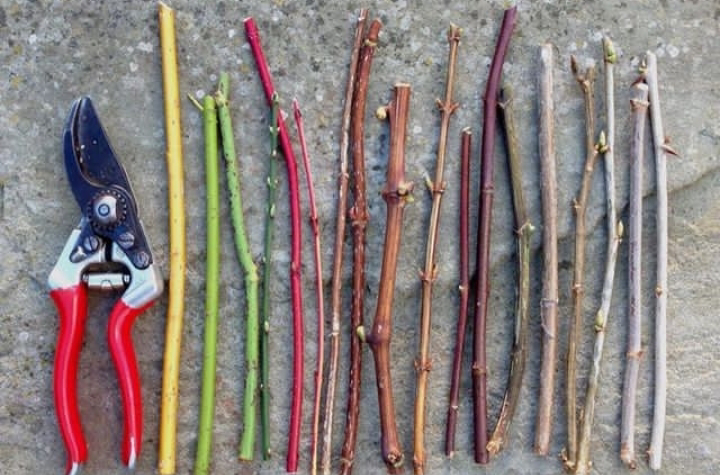1. **Healthier Food**: Organic crops are grown without synthetic pesticides and fertilizers, resulting in produce with lower pesticide residues, which can be healthier for consumers.
2. **Environmental Conservation**: Organic farming promotes soil health and reduces soil erosion by avoiding chemical use. It also helps conserve water and promotes biodiversity by avoiding GMOs and synthetic chemicals.
3. **Nutrient-Rich Soil**: Organic practices emphasize the use of compost and natural fertilizers, leading to nutrient-rich soil that supports healthier plant growth.
4. **Reduced Chemical Exposure**: Organic farmers and farm workers are exposed to fewer harmful chemicals, leading to improved health for them and reduced environmental pollution.
5. **Improved Water Quality**: Organic farming methods reduce water pollution by avoiding the use of synthetic pesticides and fertilizers that can contaminate groundwater and water bodies.
6. **Biodiversity Preservation**: Organic farms support a variety of plant and animal species, leading to healthier ecosystems and promoting natural pest control.
7. **Climate Change Mitigation**: Organic farming often employs practices that increase carbon sequestration in soil, contributing to mitigating climate change.
8. **No GMOs**: Organic farming prohibits the use of genetically modified organisms, helping to maintain the genetic diversity of crops.
9. **Support for Local Economies**: Organic farms often contribute to local economies by creating job opportunities and supporting small-scale agriculture.
10. **Long-Term Sustainability**: Organic farming methods focus on maintaining the long-term health of the soil, ensuring sustainable agricultural practices for future generations.
Remember that while organic farming offers many benefits, it also comes with challenges such as potentially lower yields and higher labor requirements. The decision to practice organic farming should consider both its benefits and limitations.




















